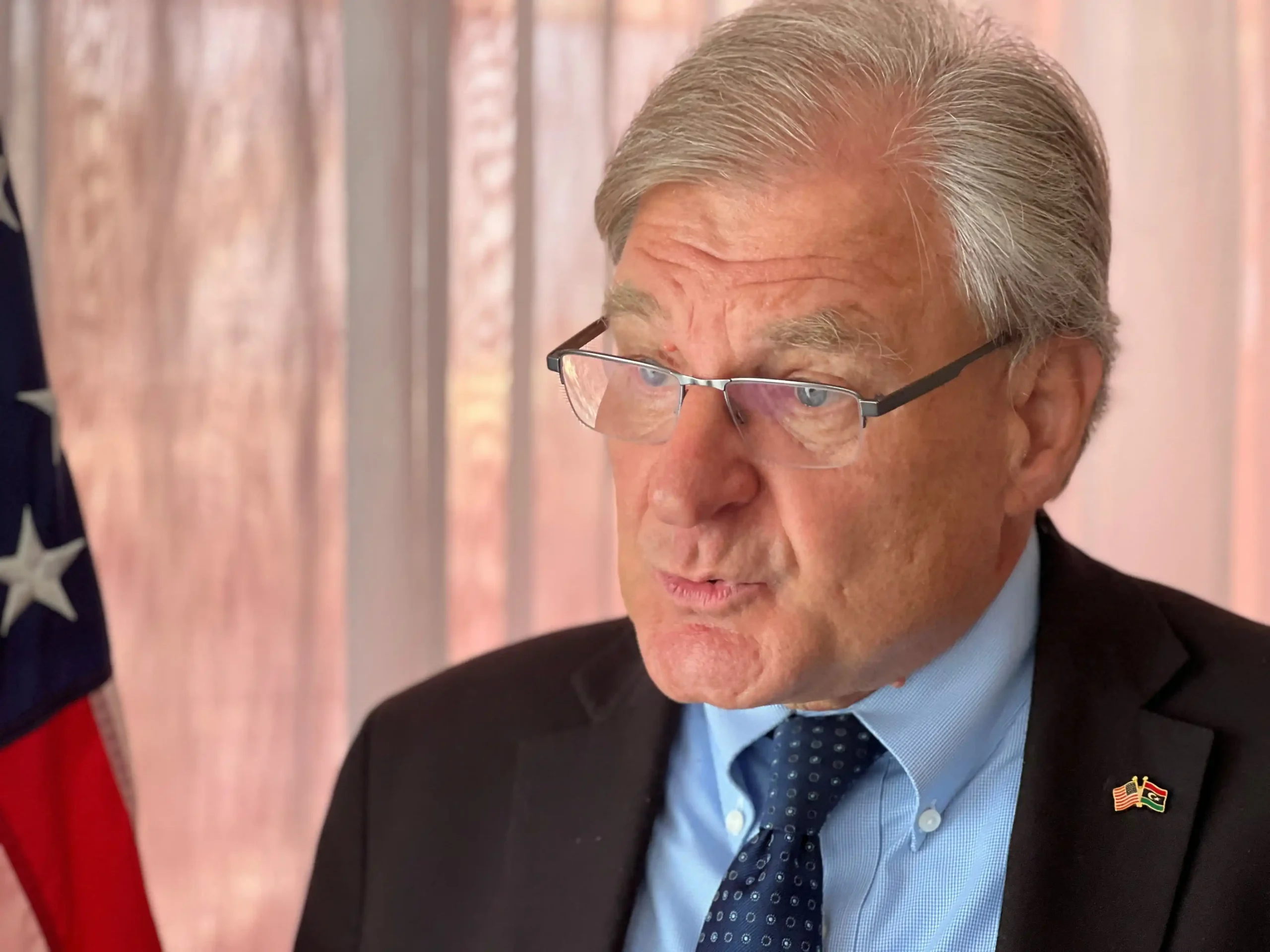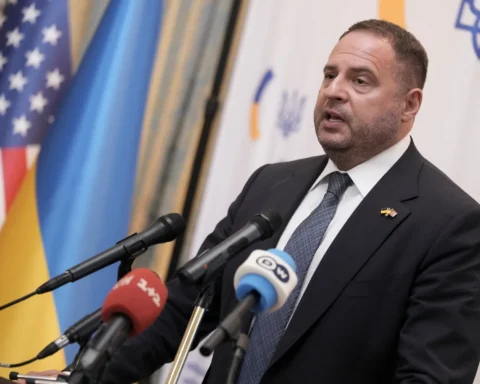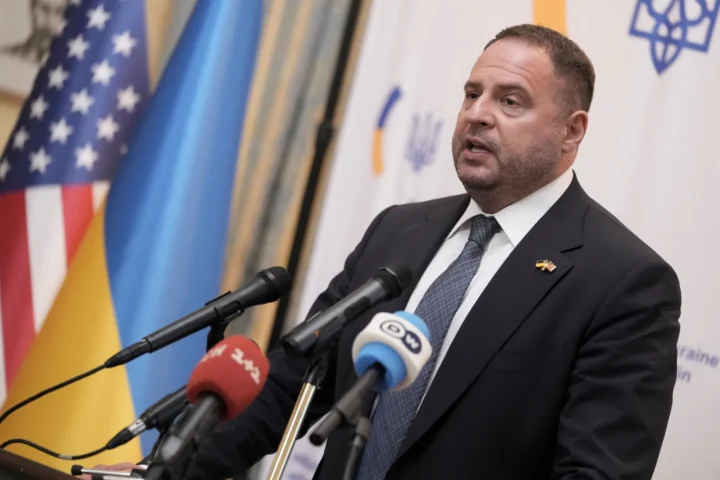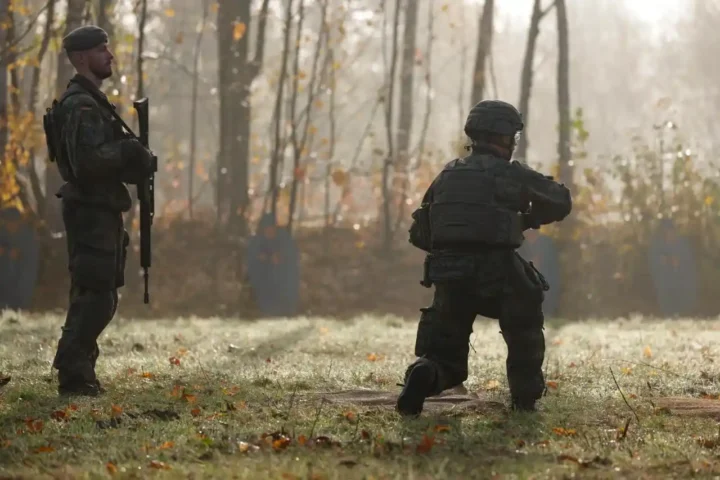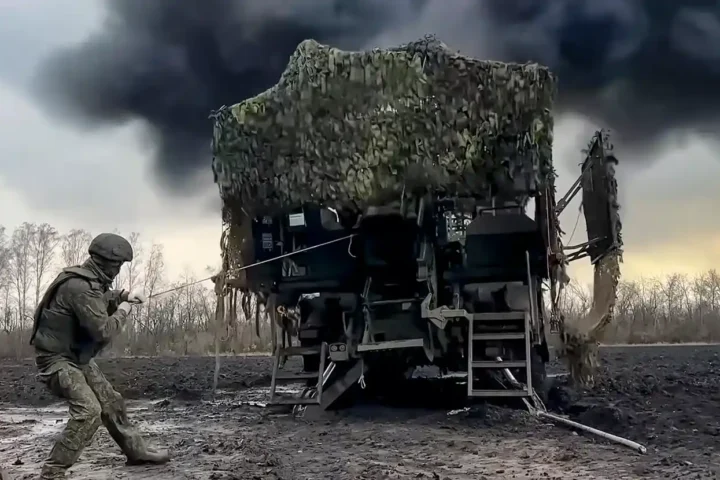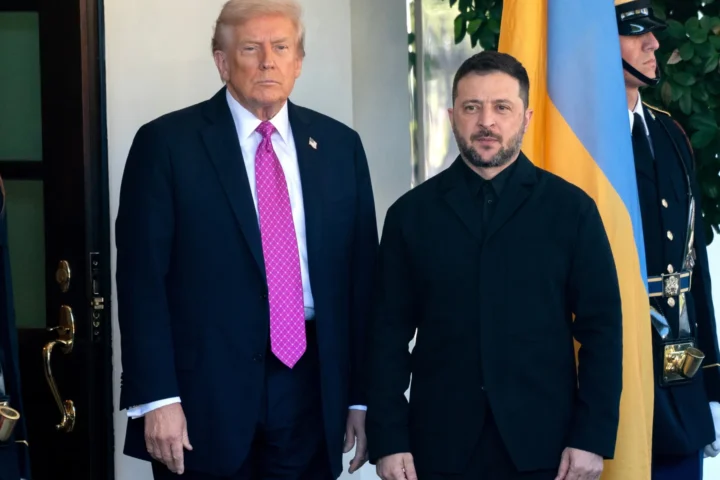Most Russian and Western experts concur that neither side involved in the Ukrainian conflict or negotiations has a definitive vision of what a final agreement might entail. Despite the optimistic rhetoric from both Moscow and Washington, their diplomatic engagement remains primarily about recalibrating their interactions rather than achieving a substantive breakthrough. Notably, an agreement has been reached to fully restore embassy operations—a level of engagement not seen since the Obama administration.
A Key Appointment: Richard Norland as U.S. Ambassador to Russia
A particularly significant development is the appointment of Richard Norland as the new U.S. ambassador to Moscow. Norland is a seasoned career diplomat whose extensive experience in Russia and crisis zones makes him a pivotal figure in future negotiations. His career has spanned key geopolitical regions, including Moscow, Latvia, Uzbekistan, Georgia, and the Arctic, as well as conflict-ridden zones such as Ireland, Afghanistan, Chechnya, and Libya. His expertise lies in informal diplomacy and back-channel negotiations, as evidenced by his involvement with the Northern Alliance in Afghanistan (2002–2003), his deep ties with Uzbekistan’s ruling elite (2007–2010), and his role in facilitating Georgia’s political transition.
Analysts suggest that Norland’s appointment signals Washington’s intent to engage in pragmatic, informal diplomacy with the Kremlin, prioritizing results over public posturing.
The U.S. Strategy for Ukraine: Key Pillars
The overarching American approach to Ukraine centers on three key objectives:
- Ceasefire: Halting military operations to stabilize the region.
- Elections in Ukraine: Using democratic mechanisms to recalibrate internal political dynamics.
- Peace Agreement: Establishing a framework for long-term stability, aligning with the Kremlin’s interests.
This strategy mirrors Putin’s playbook under the Minsk agreements, wherein Moscow leverages elections to secure political influence in Ukraine without external mediation.
U.S. Interests and Trump’s Calculations
From Washington’s perspective, maintaining a protracted, unresolved situation in Ukraine offers several advantages for former President Donald Trump’s administration, should he return to office:
- Keeping the conflict in limbo to avoid committing the U.S. to a costly, unpredictable resolution.
- Easing sanctions on Russia selectively while nudging Moscow into conflicts with Europe and potentially straining its relationships with Beijing and Tehran.
- Undermining liberal Europe by fostering a shift towards right-wing conservative narratives across the continent.
- Pressuring China and Iran while ensuring Russia remains constrained in aligning too closely with them.
Notably, Russia has rebuffed U.S. proposals to halt strikes on Ukraine’s energy infrastructure unless Ukraine ceases its attacks on Russian oil refineries. The Kremlin remains firm in its stance, using regional pressure—such as leveraging Kazakhstan—to exert influence on Kyiv.
Russia’s Strategic Blind Spot
While the Kremlin has crafted a narrative of victory, it lacks a comprehensive strategy for the post-Special Military Operation (SMO) period. Both externally and internally, Russia appears to be improvising rather than executing a well-defined long-term plan.
Similarly, Europe faces strategic ambiguity. Although financially equipped, it lacks credible military guarantees to support Ukraine. The most radical proposal—originating from London—suggests deploying nuclear weapons in Ukraine as a counterbalance to Russia’s nuclear positioning in Belarus. This proposition could serve as a significant leverage point for Britain and France.
Geopolitical Implications: Russia’s Election Strategy and the West’s Diplomatic Realignment
For Moscow, the priority is pushing Ukraine into an election process that could fragment its political elite, mirroring the “Helsinki 1940” scenario. Trump, on the other hand, seeks to offload Ukraine’s security responsibilities onto Europe, secure China’s backing, and use the Russia-Europe conflict to weaken the Moscow-Beijing alliance.
Experts caution that this represents the illusion of an easy diplomatic victory. The Ukrainian conflict could persist for years—akin to the prolonged Minsk II agreements—benefiting both Moscow and Washington by deferring difficult strategic decisions.
Will the U.S. Lift Sanctions on Russia?
While certain financial restrictions, such as interbank transfers, payment systems, and liquefied natural gas (LNG) trade, may be eased, broader technological and corporate sanctions are likely to remain in place. Some consumer brands, including McDonald’s, Starbucks, Pepsi, and Coca-Cola, may return to Russia, but critical sectors such as automotive, semiconductors, energy, and oil production will remain restricted to maintain economic pressure on Moscow.
Conclusion: The Diplomatic Chess Game Continues
The most significant diplomatic maneuver so far has been the emotional impact of the Riyadh summit, with Moscow aiming to capitalize on it in a potential Putin-Trump meeting. The Kremlin holds an advantage in this regard, as it does not require formal agreements—public diplomatic maneuvers that weaken the Western political order are sufficient.
As the situation unfolds, both Washington and Moscow appear content to let the conflict simmer while they recalibrate their global alliances, with each side seeking to extract maximum strategic benefit from the ongoing impasse.


